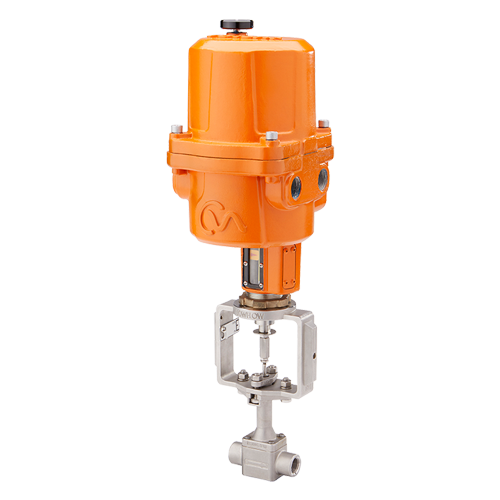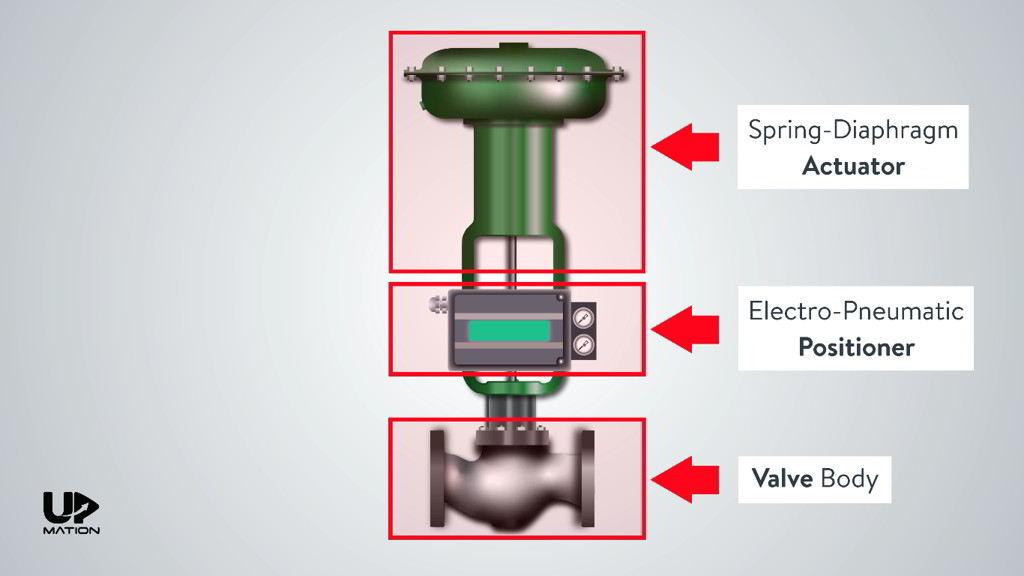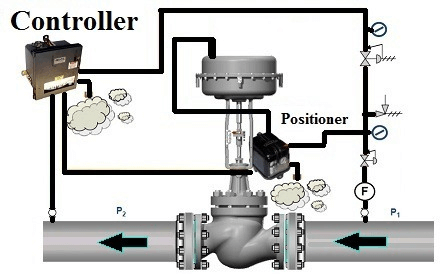Innovative Control Valves: Enhancing Precision and Reliability
Wiki Article

Maximize Power Financial Savings and Convenience With Advanced Structure Automation Controls
In the realm of contemporary design and facility monitoring, the combination of innovative building automation manages stands as an essential improvement. The convergence of technology and sustainability has actually birthed a brand-new age where power performance, comfort optimization, and operational streamlining are no much longer remote desires however achievable facts. By utilizing the power of automation, structures can adapt, react, and advance in manner ins which were when inconceivable. The capacity for considerable power savings and enhanced comfort is not simply an assurance yet a possibility waiting to be met. This paradigm change in building administration holds the key to opening a globe where environmental conscientiousness and owner wellness sympathetically coexist within the wall surfaces of our structures.Energy Effectiveness Benefits
Power performance benefits can dramatically reduce power consumption and operational expenses in structures. Energy-efficient systems, such as sophisticated building automation controls, can enhance the usage of sources like air conditioning, heating, and lights, leading to reduced power expenditures over time.Furthermore, improved power performance can extend the lifespan of building equipment and systems. By operating more successfully, a/c systems, light, and other structure parts experience much less wear and tear, causing lowered upkeep and replacement expenses. Furthermore, energy-efficient buildings usually command greater property worths and rental rates, supplying long-lasting economic benefits to proprietors.
In addition, energy efficiency can boost resident comfort and productivity. Correctly regulated interior settings with optimal lighting and thermal problems create a more pleasant and conducive work area, resulting in improved employee fulfillment and efficiency. Generally, the energy effectiveness advantages connected with sophisticated building automation controls are diverse, incorporating cost savings, ecological stewardship, and passenger well-being.
Improved Convenience Control
Enhancing convenience control in building settings calls for a sophisticated assimilation of innovative automation systems for ideal owner health. By making use of advanced building automation controls, facilities can tailor the indoor setting to fulfill the details demands and choices of owners. control valves.Boosted convenience control goes past basic temperature level adjustments. It consists of functions such as individualized settings, tenancy sensing units, and natural light utilization to develop a receptive and vibrant setting. By integrating these advanced controls, structures can not just enhance convenience but additionally enhance power efficiency by enhancing system operations based upon actual occupancy and usage patterns. Inevitably, focusing on occupant comfort via sophisticated automation systems causes an extra pleasurable and much healthier indoor setting.
Functional Efficiency Improvements

In addition, the implementation of real-time surveillance and analytics tools allows building operators to determine power inefficiencies and functional abnormalities promptly. By continually checking power usage patterns and system efficiency metrics, modifications can be made in real-time to optimize power intake and ensure peak operational effectiveness. control valves. Furthermore, incorporating need response techniques into structure automation controls can additionally improve functional performance by dynamically changing power use based on grid problems and prices signals
Indoor Environment Optimization
Effective interior climate optimization is a basic aspect of structure automation controls, ensuring residents' comfort and health while making the most of energy savings. By making use of advanced sensors and controls, developing automation systems next page can continually change and monitor temperature, moisture degrees, air top quality, and air flow to produce an optimum interior atmosphere. Keeping comfortable and constant conditions not just enhances owner contentment yet additionally boosts efficiency and general wellness.Indoor climate optimization additionally plays a critical duty in power efficiency. By fine-tuning home heating, air conditioning, and ventilation systems based upon real-time data and occupancy patterns, constructing automation controls can significantly reduce energy intake - control valves. For example, applying approaches such as demand-controlled ventilation and thermal zoning can aid reduce power waste while making sure that each location of the building receives the essential conditioning.

Sustainable Environment Development
Structure automation controls not only enhance indoor climate problems for power effectiveness and owner comfort but also lay the structure for creating a sustainable atmosphere with strategic monitoring of systems and sources. By integrating sophisticated structure automation technologies, such as sensors, actuators, and smart software application, facilities can adjust and check energy use in real-time to reduce waste and lower their carbon impact. These systems make it possible for predictive maintenance, recognizing possible concerns prior to they escalate and optimizing devices efficiency to improve long life and efficiency.Furthermore, lasting setting development extends beyond power management to incorporate water preservation, waste reduction, and indoor air high quality enhancement. Building automation controls can manage water usage, spot leakages, and make certain proper garbage disposal methods, contributing to general sustainability initiatives. Additionally, by keeping track of and regulating ventilation and filtering systems, these technologies enhance owner wellness and efficiency while decreasing power intake connected with heating and cooling operations.
Conclusion
To conclude, progressed structure automation controls offer substantial advantages in regards to energy savings, comfort control, operational performance, indoor environment optimization, and developing a sustainable environment. By implementing these controls, structures can accomplish optimum efficiency while minimizing energy intake and boosting occupant convenience. It appears that making use of sophisticated automation innovation is critical in boosting building efficiency and developing a much more sustainable future.Power effectiveness benefits can considerably reduce power usage and operational expenses in buildings. Overall, the energy efficiency benefits linked with advanced structure automation controls are diverse, encompassing price savings, environmental stewardship, and occupant health.
In addition, incorporating demand feedback strategies right into building automation controls can even more improve operational efficiency by dynamically readjusting energy usage based on grid conditions and prices signals.
Structure automation regulates not only maximize interior environment conditions for energy performance and passenger comfort yet likewise lay the foundation for creating a lasting atmosphere via calculated management of systems and sources.In final thought, advanced structure automation regulates deal significant advantages in terms of power savings, convenience control, operational performance, indoor environment optimization, and creating Source a sustainable setting.
Report this wiki page